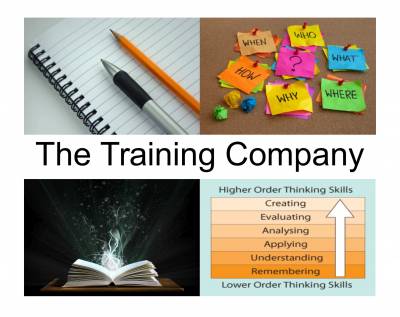This business analyst course covers various concepts and skills required to perform the role of a business analyst effectively. Here is an overview of the topics typically covered in this course:
1. Introduction to Business Analysis
- Definition and role of a business analyst
- Importance of business analysis in organizations
- Key skills and competencies of a business analyst
2. Requirements Elicitation and Analysis
- Understanding stakeholder needs and objectives
- Conducting interviews and facilitating workshops
- Documenting requirements using various techniques (use cases, user stories, etc.)
- Analyzing and prioritizing requirements
3. Business Analysis Planning and Monitoring
- Creating a business analysis plan
- Defining scope and objectives of the analysis
- Estimating resources and determining timelines
- Monitoring and controlling the progress of the analysis
4. Business Process Modeling and Improvement
- Identifying and documenting current-state and future-state processes
- Analyzing process gaps and inefficiencies
- Recommending process improvements and solutions
- Implementing and managing process changes
5. Data Analysis and Decision Making
- Understanding data analysis techniques and tools
- Analyzing and interpreting data to derive insights
- Making informed business decisions based on data analysis
6. Requirements Documentation and Communication
- Creating clear and concise requirement documents
- Writing effective use cases and user stories
- Communicating requirements to stakeholders
- Managing requirements changes and conflicts
7. Stakeholder Management and Communication
- Identifying and analyzing stakeholders
- Building relationships and managing stakeholder expectations
- Facilitating effective communication among stakeholders
- Handling conflicts and resolving issues
8. Software Development Life Cycle (SDLC) and Agile Methodologies
- Understanding different software development methodologies
- Agile principles and practices (Scrum, Kanban, etc.)
- Applying business analysis techniques in an Agile environment
9. Tools and Techniques for Business Analysis
- Introduction to popular business analysis tools (e.g., Microsoft Visio, JIRA, etc.)
- Requirements management tools and techniques
- Prototyping and wireframing tools
- Data analysis and visualization tools
10. Business Analysis in Practice
- Case studies and real-world scenarios
- Practical exercises and simulations
- Role of the business analyst in different industries and domains
11. Professional Development and Certification
- Professional organizations and certifications (e.g., IIBA, CBAP, CCBA)
- Continuous learning and career advancement opportunities for business analysts
The actual course content and duration may vary depending on the specific training program or institution offering the course.
How To Become A Business Analyst | Tips and Guidance for 2023


